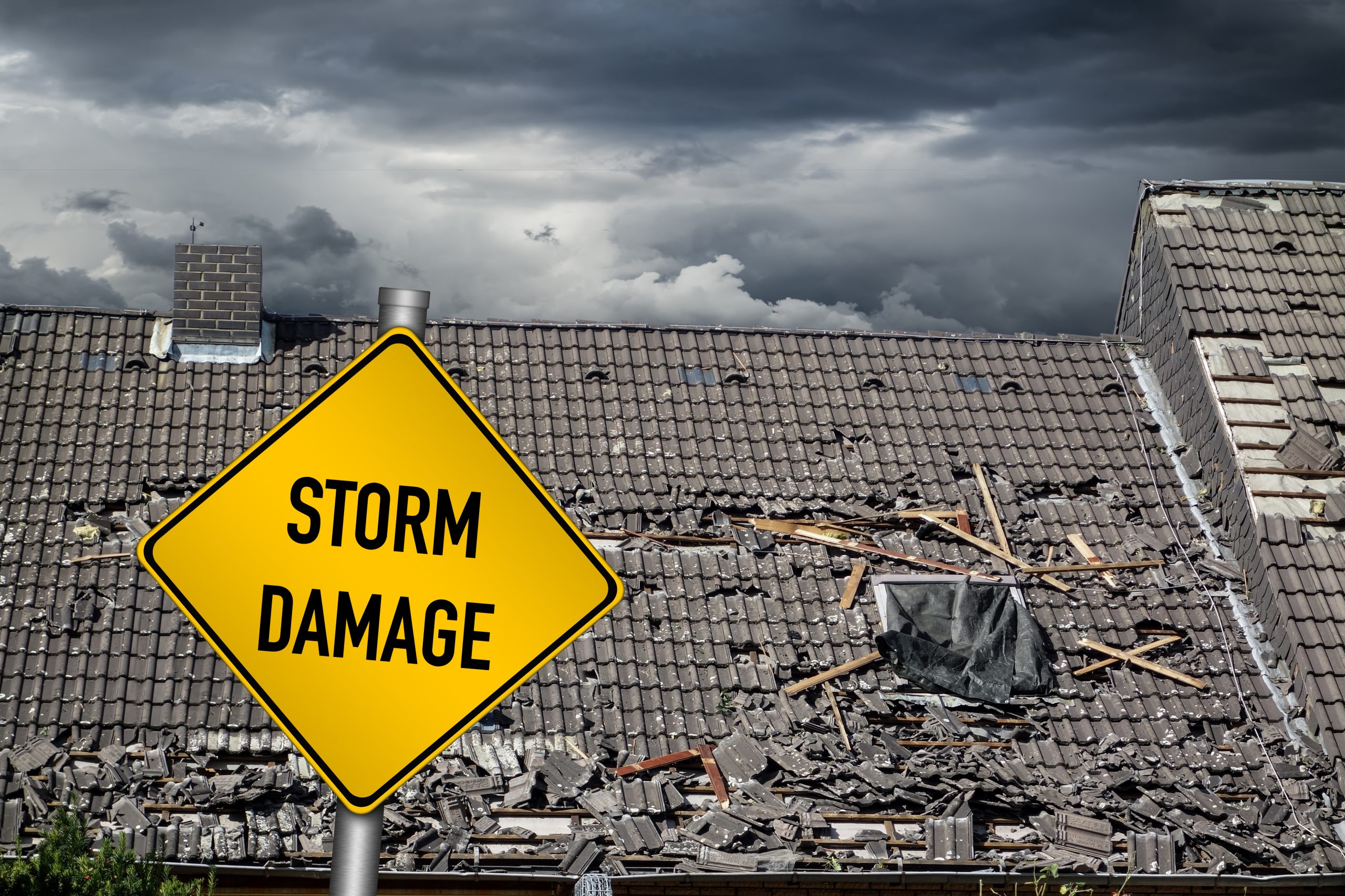
Usually, no one anticipates a tragedy or disaster. But since nobody can be sure about what might happen in the future, it’s advisable to insure your home, possessions, and property structures like your perimeter wall from calamities such as fire and hurricanes. Without insurance, you’d have to bear the staggering cost of repairs after a natural disaster.
Some insurance companies give you the freedom to tailor your home insurance policy. This means you only pay for the coverage you want, making your insurance premiums more manageable. Over at this website, you’ll learn more about customising insurance coverage according to your needs and preferences.
In the unfortunate event that you experience a disaster that causes damage to your home, here are practical tips to guide you in filing a home insurance claim:
1. Report To The Police
If the damage to your home is due to illegal activity like arson, theft, and vandalism, you need to report it to the police immediately. Secure a copy of the police report and note the names of the police officers handling the investigation. Your insurance company may ask for these details.
2. Inform Your Insurance Company
The next step is to notify your insurance provider or insurance agent about the incident. Give an accurate and detailed description of the damage to your home. Moreover, ask if your policy covers the damage to your home.
If your policy covers the damage, you may ask your agent how long it would take to process your home insurance claim.
3. Make A List Of Damaged Or Stolen Items
Create a list of damaged or stolen articles with their corresponding estimated value. However, it would be helpful if you’ve managed to keep the receipts for these items. A list will also prove beneficial when the insurance adjuster comes around to inspect the items damaged by a calamity or vandalism.
Note that the insurance company may not compensate you for any damaged or stolen article that is not on the list. So, take the time to compile a complete list.
A good practice to facilitate the claims process is to create an updated home inventory. List your recent purchases along with the make and model, serial number, and where you bought them. Once you’ve included all your recent acquisitions, work on your older possessions until your list is complete.
4. Do Some Temporary Repairs
If your home sustained a lot of damage, you might need to do some temporary repairs to avoid further damage or enable you to continue using your property in the meantime. For instance, if you live in a storm-prone area and your roof has been damaged, you may repair the leaking sections of the roof. Similarly, you need to replace broken window panes to protect your household from the elements.
However, make sure to keep the receipts. You need to show proof of your expenses, so your insurance provider may refund your out-of-pocket spending.
5. Fill Out The Insurance Claim Forms
Once your insurer gives you the go-ahead to file your claim, ask them to send you the claim forms immediately, perhaps via email. But if they have online services, you can file your claim through their website or mobile app. If you’re unsure how to fill out the forms due to some complexities, you may reach out to a public adjuster for an insurance claim.
Don’t dilly dally in submitting the filled-out claim forms to allow the process to proceed smoothly and avoid any unnecessary delays.
6. Take Photos Of Your Home
It’d be prudent to document the damage to your home. Be keen to capture every detail through high-quality photos and videos. As a matter of procedure, your insurance company will ask for complete documentation of structural damage, including temporary repairs you’ve made, before processing your insurance claim.
7. Invite The Insurance Adjuster
The processing of an insurance claim usually involves a visit from an insurance adjuster who’ll inspect the extent of property damage. An adjuster is a representative from the insurance company tasked to determine how much you should be paid.
During the process, the adjuster is likely to ask many questions. Therefore, prepare the photos and videos to be presented to the insurance adjuster. In addition, provide them with a copy of the receipts for what you’ve spent on repairs so the insurance company may reimburse you accordingly.
Final Thoughts
Home insurance is an excellent way of protecting your dwelling and personal property from uncertainties. Thus, it’s prudent to get an insurance policy to be prepared for any eventuality and to have some peace of mind.
In case of any damage to your property, you may file a home insurance claim using the tips highlighted in this article.
Hey welcome to my blog . I am a modern women who love to share any tips on lifestyle, health, travel. Hope you join me in this journey!

Speak Your Mind